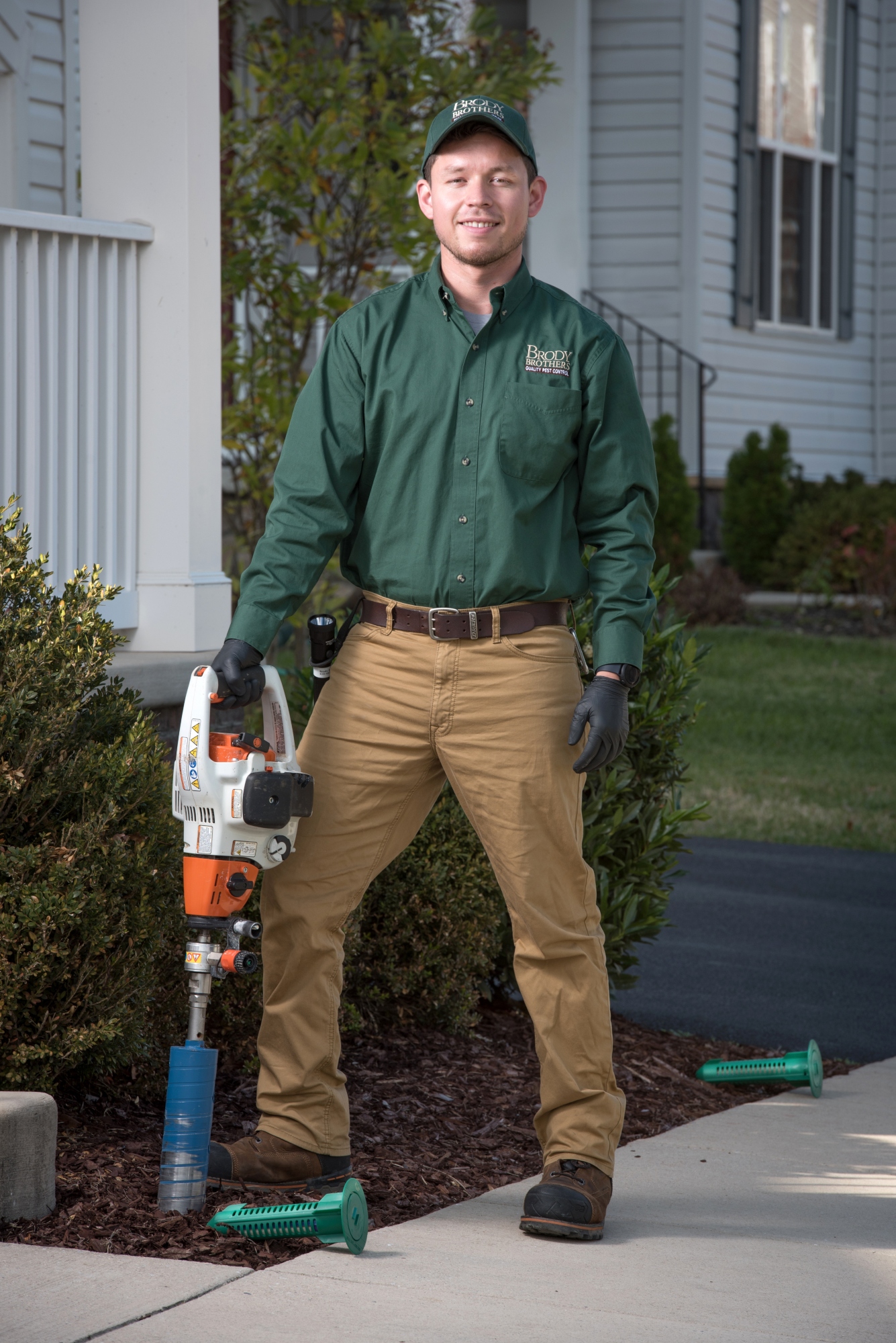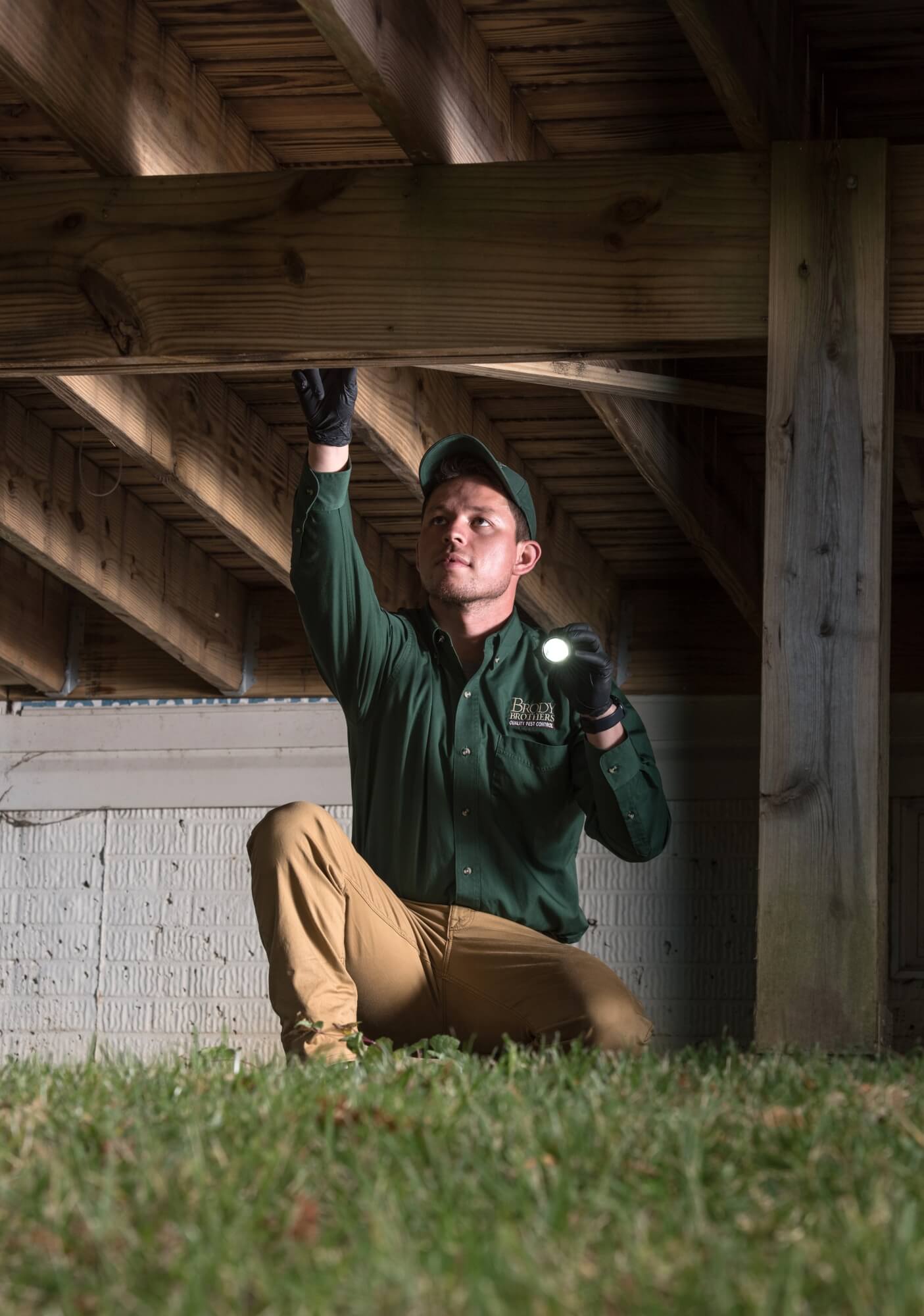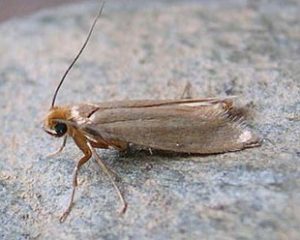When you’ve paid a lot of money for an expensive cashmere sweater you don’t want to find a hole in it when you bring it out of summer storage. But that’s what can happen when casemaking clothes moths invade your closet.
Unfortunately, clothing isn’t all that these moths like to eat. They could damage:
- Upholstered furniture (including leather)
- Silk and wool carpets
- Carpet underlayment that’s made with wool
- Furs
- Other items made with animal hair and natural materials
There are several types of moths that can make their home in your home, but you can distinguish the casemaking clothes moth by its size (about ½ inch long), its color (white or cream colored with dark head) and its wings (about ½ inch long with three dark spots).
The casemaking clothes moth gets its name from the flattened silken tube where it lives as a caterpillar. The moth larva remains inside this case even to eat, dragging its case over food sources.


Casemaking clothes moths have a life cycle of about four months. Females lay their eggs in clusters, and the eggs hatch within four days. It’s the larvae that devour the clothing and furnishings; adult casemaking clothes moths don’t eat at all. But seeing those adult moths in your closet could be a signal that you have a problem.

As a Home Protection Plan customer, if you’re not satisfied with our pest control service, we will service your home at no additional cost until your issue is solved or receive your money back from your last scheduled service.

- Vacuuming any areas you suspect are infested
- Washing any infected clothing in hot water or having it dry cleaned if it’s not washable
- Storing susceptible clothing in plastic, air-tight bags once you’re sure any eggs and larvae are gone
Although many people believe that keeping clothes inside cedar chests or cedar closets will keep them moth-free, that doesn’t usually work. And while some people use mothballs to keep them out, this isn’t a recommended treatment since mothballs can pose a health risk to your family members.
If you’ve found casemaking clothes moths in your carpeting or underlayment, you’ll need professional help to ensure that all the eggs and larvae are removed. Contact Brody Brothers and schedule your pest control service today.


